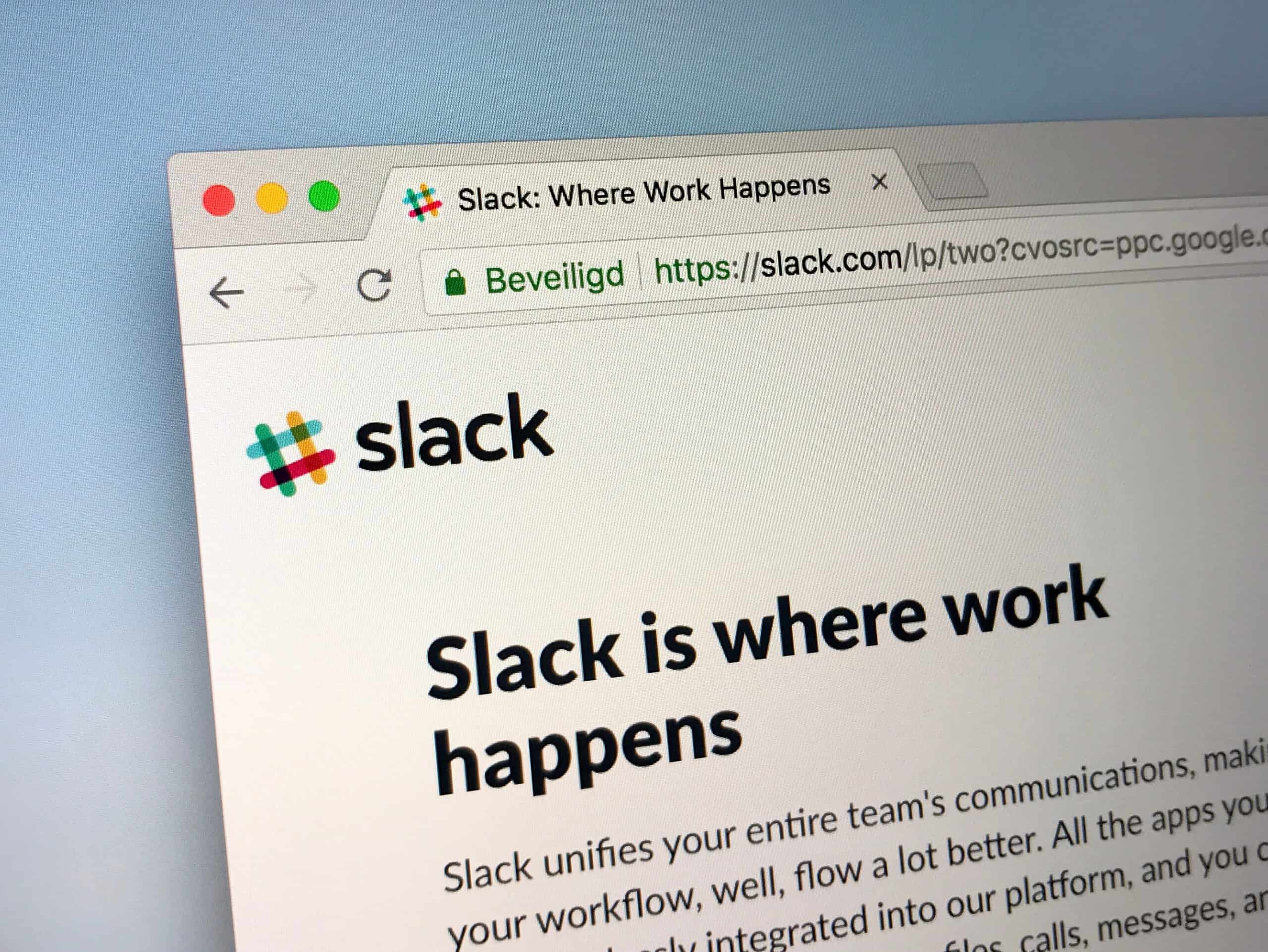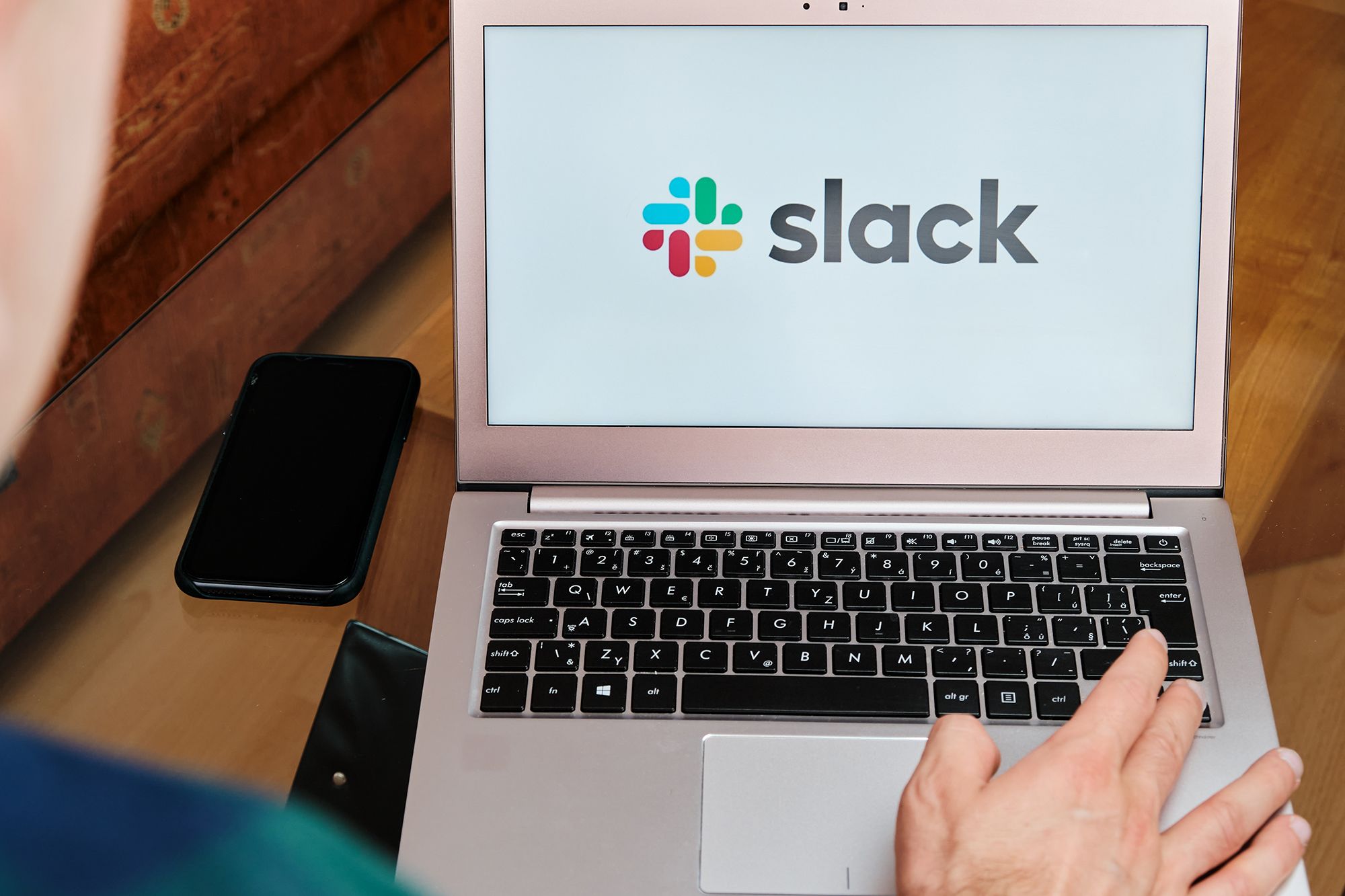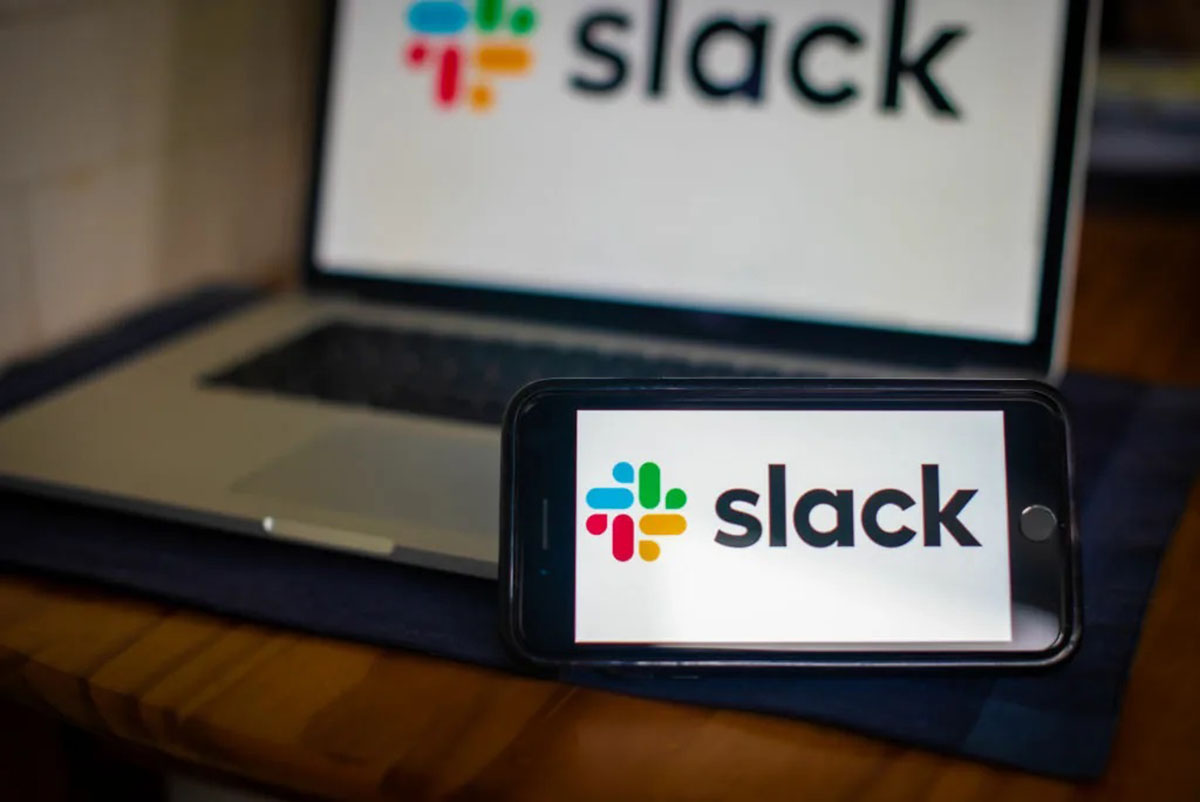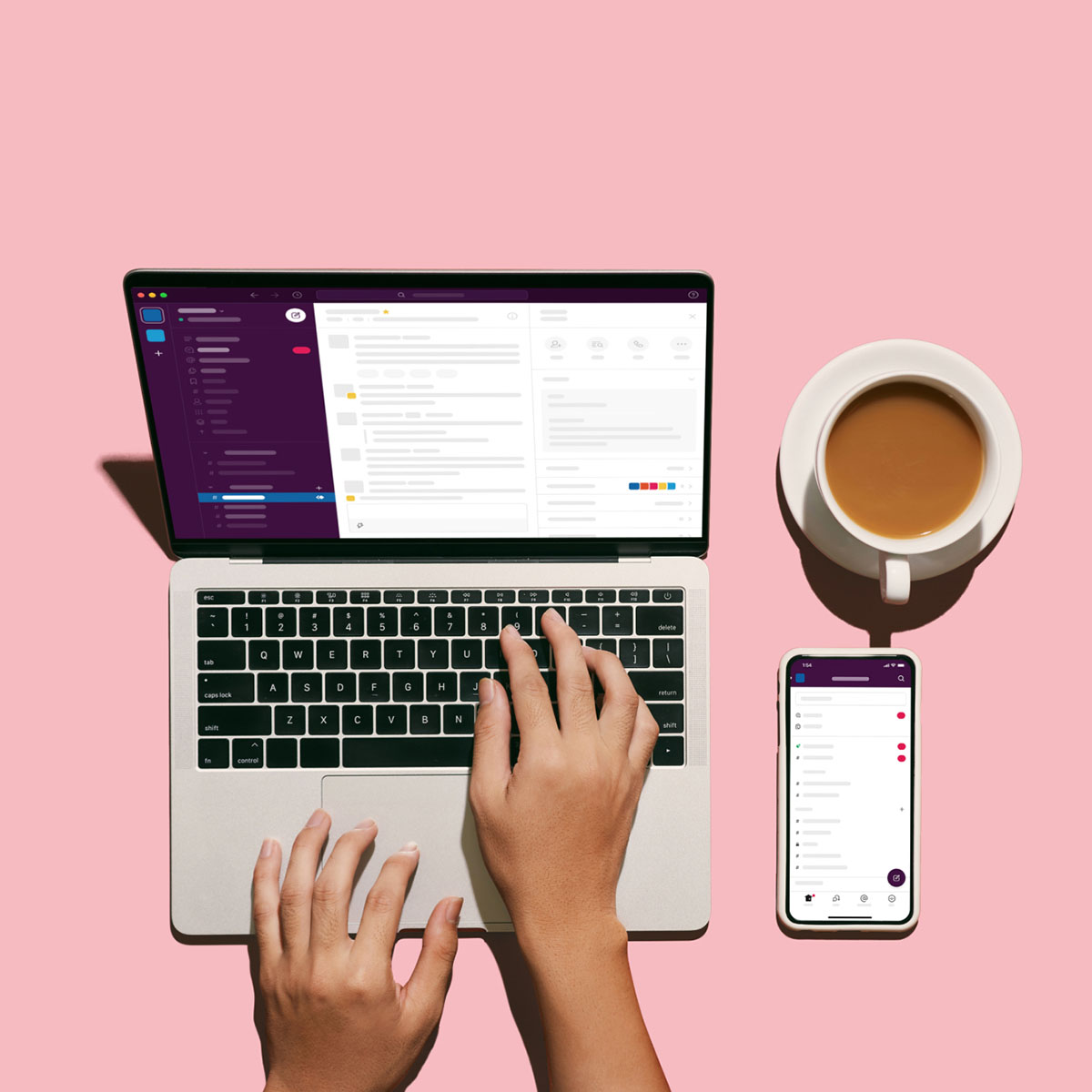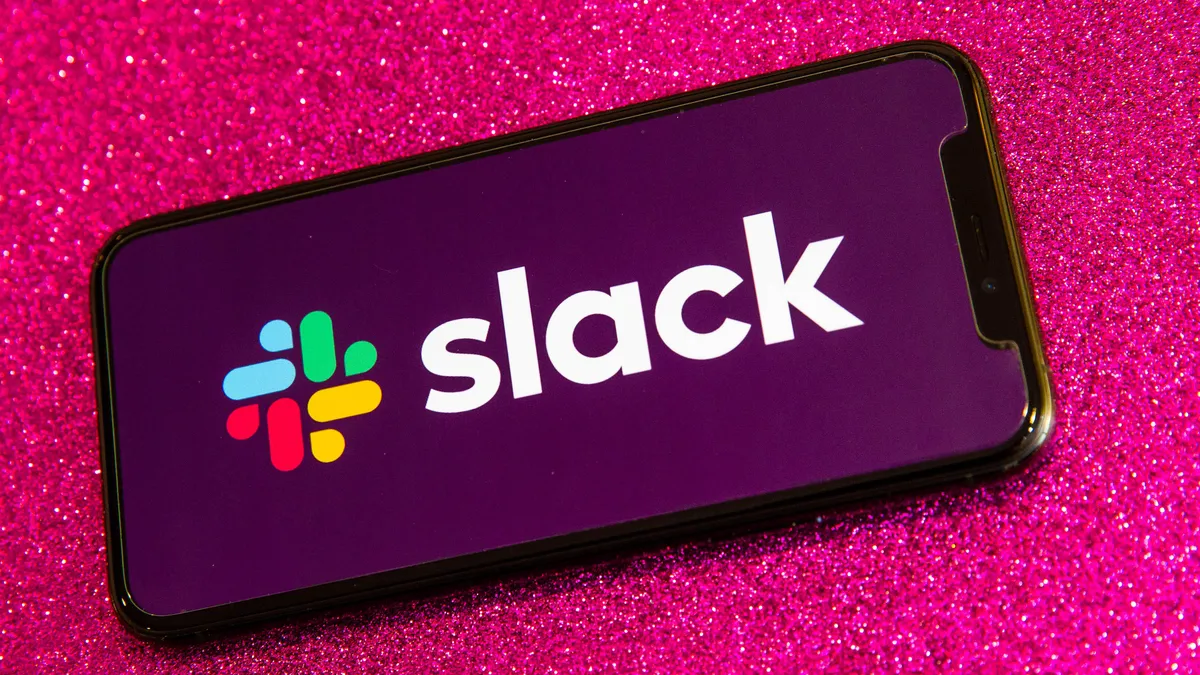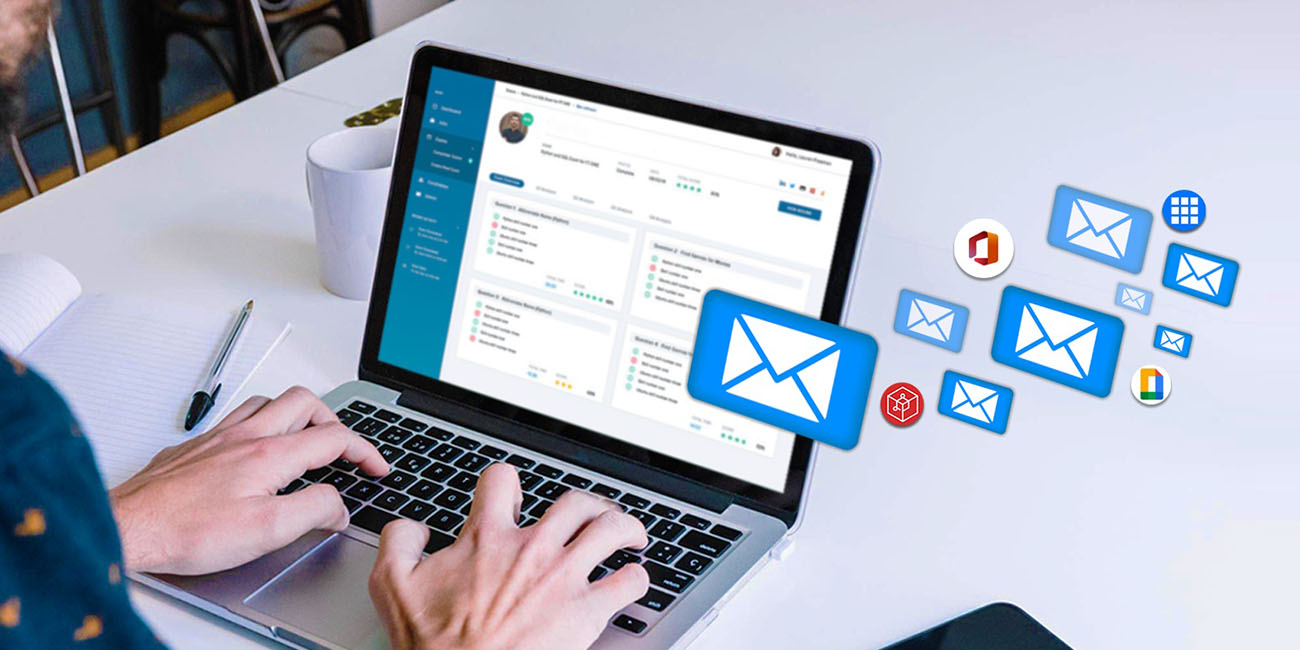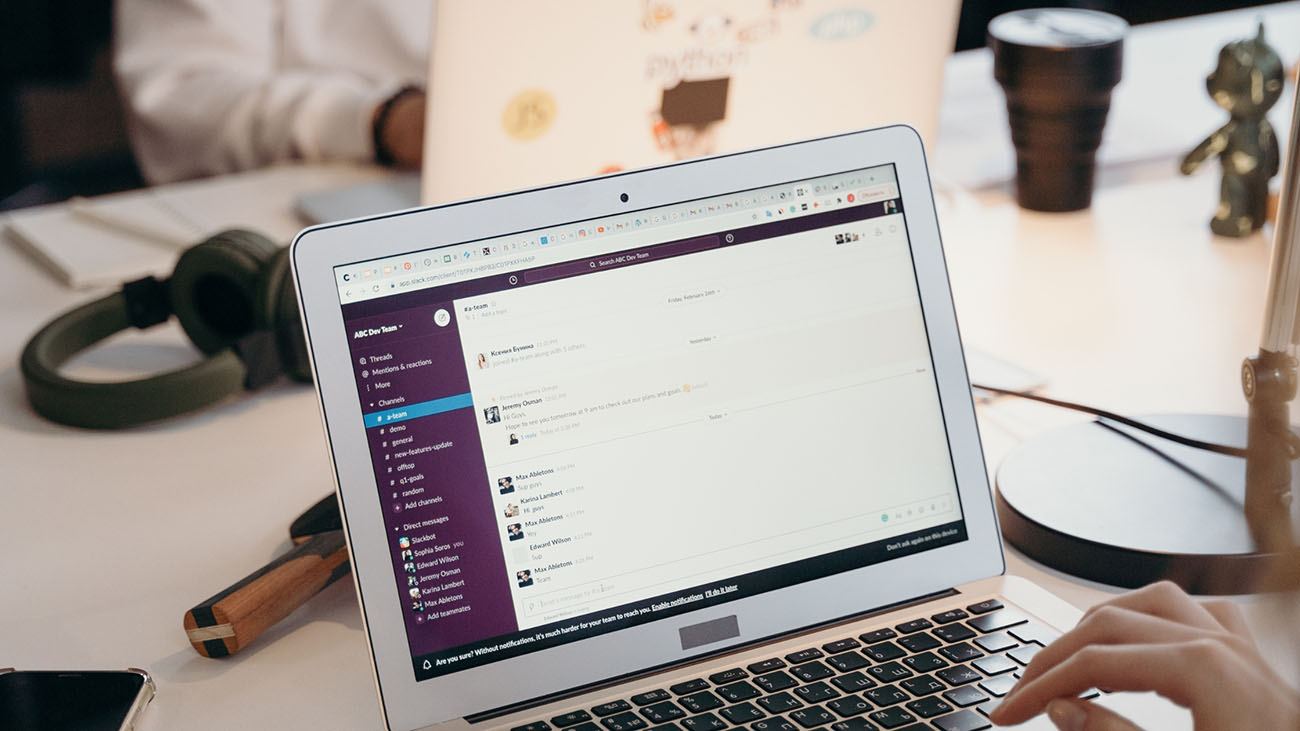Introduction
Modern workplaces are constantly evolving, and with the rise of remote work and global teams, effective communication and collaboration have become more crucial than ever. One tool that has revolutionized communication within teams is Slack. Slack is a cloud-based platform that allows for real-time messaging, file sharing, and collaboration.
Within Slack, there is a feature called Slack Threads that takes communication and collaboration to the next level. The concept of Slack Threads comes from the need to organize conversations, keep discussions focused, and reduce clutter in channels. With Slack Threads, team members can engage in threaded conversations that are related to a specific topic, without interrupting the main channel flow.
In this article, we will delve into the world of Slack Threads and explore their benefits, how to start a thread, manage and organize them effectively, and best practices for using Slack Threads to enhance team collaboration.
Whether you are a seasoned Slack user or just getting started, understanding how to effectively utilize Slack Threads can make a significant difference in your team’s communication and productivity. So, let’s dive in and discover the power of Slack Threads!
What is Slack?
Slack is a communication and collaboration platform designed for teams to work together seamlessly, regardless of their physical location. It provides a centralized hub where team members can communicate, share files, and collaborate in real-time. Founded in 2013, Slack has quickly become one of the most popular tools for team communication in various industries and organizations worldwide.
At its core, Slack functions as a chat-based platform where team members can send messages and have conversations in different channels. Channels can be organized based on specific topics, projects, or departments, allowing for focused discussions and easy access to relevant information.
Slack supports both private channels, where only invited members can participate, and public channels, which are open to the entire team. This flexibility allows for different levels of visibility and collaboration, ensuring that confidential information can be securely shared while promoting transparency and inclusivity within the team.
Besides real-time messaging, Slack offers a wide range of features to enhance collaboration. Users can share and collaborate on files directly within the platform, eliminating the need for multiple email threads and document versions. Slack integrates with numerous third-party applications, such as Google Drive, Trello, and Zoom, enabling seamless workflow integration and further enhancing productivity.
Moreover, Slack incorporates customizable notifications, allowing team members to stay updated on important conversations and activities. Users can set their notification preferences to receive alerts for direct mentions, specific keywords, or messages in channels they are following, ensuring that they never miss out on crucial information.
With its user-friendly interface and extensive features, Slack has become a staple communication tool for teams of all sizes. It fosters efficient communication, promotes collaboration, and ultimately enhances productivity, making it an indispensable tool for modern workplaces.
What is a Slack Thread?
In the context of Slack, a thread refers to a focused and structured conversation that occurs within a specific message or thread starter. When a user wants to initiate a threaded conversation, they can select a message and reply to it directly, creating a thread that branches off from the main conversation.
Slack Threads serve several purposes. Firstly, they allow team members to have in-depth discussions without cluttering the main channel. Instead of replying directly to a message in the channel, users can start a thread to explore a particular aspect or topic related to that message. This keeps the main conversation organized and easy to follow.
Threads also provide a way to keep relevant conversations together. For example, if a team member asks a question, others can respond in the thread, ensuring that the answers are consolidated and easy to find. It eliminates the need to repeat information or search through a long channel history to locate specific discussions.
One of the key benefits of Slack Threads is the ability to bring focus and context to conversations. By separating discussions into threads, team members can have parallel conversations and explore more specific topics without interrupting the flow of the main channel. It allows for deeper dives into different aspects of a message, ensuring that each thread receives the attention it deserves.
Furthermore, Slack Threads offer notifications and updates. When someone starts a thread or replies to a thread, users who are involved or following that thread receive notifications. This ensures that everyone stays in the loop and no one misses important updates or contributions to the conversation. It facilitates effective collaboration and promotes inclusivity within the team.
Slack Threads can be used in various scenarios to enhance communication and collaboration. They are particularly useful when discussing complex topics, brainstorming ideas, providing feedback, or resolving issues. By using threads, team members can have focused discussions, explore different perspectives, and work towards solutions together.
In summary, Slack Threads allow for structured and focused conversations within the Slack platform. They help keep discussions organized, foster collaboration, and promote efficient communication. By utilizing threads, teams can streamline their communication, reduce clutter, and ensure that important conversations are easily accessible and searchable.
Benefits of using Slack Threads
Slack Threads bring a multitude of benefits to team communication and collaboration within the Slack platform. Let’s explore some of the key advantages:
1. Organization and clarity: Slack Threads provide a structured way to organize conversations. By keeping related discussions in separate threads, the main channel remains clutter-free and easy to follow. Threads allow team members to focus on specific topics without getting distracted by unrelated conversations.
2. Context and continuity: Threads offer contextual continuity by keeping relevant discussions together. When team members start a thread in response to a specific message, it becomes a centralized location for all related replies and updates. This allows for better tracking of conversations and easy reference to previous discussions.
3. Reduced noise: By moving conversations to threads, channels are kept cleaner and less noisy. This is particularly helpful in larger teams or busy channels where multiple discussions are happening simultaneously. Threads ensure that discussions stay organized and do not overwhelm the main channel.
4. Collaboration and inclusion: Slack Threads enhance collaboration by providing a space for parallel conversations. Team members can participate in multiple threads simultaneously and contribute to different conversations based on their expertise or interest. This promotes inclusive collaboration and encourages diverse perspectives.
5. Notifications and updates: When someone starts a thread or replies to a thread, users involved or following that thread receive notifications. This ensures that important updates and contributions do not get missed. Team members can stay informed and actively participate in discussions even if they are not continuously monitoring the channel.
6. Focus and productivity: Threads allow for more focused discussions. By moving in-depth conversations to threads, team members can concentrate on specific topics without distractions. This promotes productivity and helps team members dive deeper into complex subjects or brainstorm ideas without interrupting the main channel flow.
7. Searchability and archiving: Threads in Slack are searchable and can be easily referenced in the future. If team members need to find a specific discussion or retrieve information, they can search for keywords within threads. This saves time and makes it easier to locate and revisit important conversations.
By harnessing the power of Slack Threads, teams can streamline their communication, improve organization and collaboration, reduce noise, and enhance productivity. The benefits extend beyond just the immediate team interactions, as threads provide a valuable resource for knowledge sharing and continuity within the Slack platform.
How to start a Slack Thread
Starting a Slack Thread is a straightforward process that allows team members to initiate focused and separate conversations within the platform. Here are the steps to start a thread:
1. Select a message: To start a thread, choose a specific message in a channel that you want to respond to or discuss further. This message will act as the starting point for the thread.
2. Click on the “Reply in thread” option: Once you have selected the message, look for the “Reply in thread” option, usually represented by a speech bubble icon, near the message. Click on this option to open the thread.
3. Write your reply: In the thread view, you will see a text box where you can compose your reply. Type your message and include any relevant information or context that supports the discussion you want to have.
4. Add any necessary attachments: If you need to include files, images, or other attachments in your thread, you can do so by using the attachment function within the thread view. Click on the attachment icon and select the files you want to include.
5. Mention specific people (optional): If you want to bring specific team members into the thread’s conversation, you can mention them by using the @username convention. This notifies and invites them to participate in the thread.
6. Post your reply: Once you have composed your message and added any relevant attachments or mentions, click the “Post” or “Send” button to post your reply in the thread.
7. Continue the conversation: As team members respond to your thread, you can continue the conversation by replying within the thread. This keeps the discussion focused and allows for easy tracking of responses and updates.
Remember that threads are separate from the main channel and are designed to keep conversations organized. While team members can still reply directly to the main channel, starting a thread is preferable when you want to dive deeper into a specific topic without cluttering the main channel or disrupting other ongoing discussions.
By utilizing the “Reply in thread” option, you can take advantage of Slack Threads to engage in more detailed and focused conversations, ensuring that important discussions receive the attention they deserve while maintaining a clean and organized main channel.
Managing and Organizing Slack Threads
As team members engage in threaded conversations within Slack, it is essential to effectively manage and organize these threads to ensure clarity, easy access, and efficient collaboration. Here are some tips for managing and organizing Slack Threads:
1. Use descriptive thread titles: When starting a thread, ensure that the title accurately reflects the topic or the specific aspect being discussed. Clear and descriptive titles make it easier for team members to understand the purpose of the thread at a glance and locate specific discussions later.
2. Set expectations for thread participation: Establish guidelines within your team for thread participation. Determine how frequently team members should check or contribute to threads. This helps align expectations and ensures that threads remain active and responsive.
3. Assign thread owners or moderators: Designate team members as thread owners or moderators to oversee and manage specific threads. These individuals can help keep the discussion on track, prompt participation, and resolve any issues or conflicts that may arise. Thread owners can also ensure that threads are closed or archived appropriately when the discussion concludes.
4. Archive or close inactive threads: To maintain an organized workspace, periodically review and close or archive inactive threads. If a thread has served its purpose, has no further engagement, or the discussion has reached a resolution, it can be closed or archived to reduce clutter and streamline the channel’s visibility.
5. Use threading for relevant channels: Consider creating dedicated channels specifically for threaded discussions on broad topics or ongoing projects. Having dedicated channels for threads ensures that team members can easily locate and access relevant threads, making it simpler to participate and stay informed on specific topics.
6. Utilize search functionality: Slack provides powerful search capabilities that allow team members to look up specific threads or conversations based on keywords or participants. Encourage team members to utilize the search functionality to locate and revisit important threads when needed.
7. Regularly summarize or highlight key points: To ensure that the information shared within a thread remains easily accessible and digestible, consider summarizing or highlighting key points at periodic intervals. This practice helps team members quickly grasp the thread’s context and any decisions or actions that have been taken.
8. Encourage thread consolidation: When multiple threads on the same topic exist, encourage team members to consolidate them into a single thread. This consolidation reduces redundancy and makes it easier for everyone to follow the discussion without scattering important information across multiple threads.
By implementing these strategies and practices, teams can effectively manage and organize their Slack Threads, ensuring that discussions are focused, accessible, and contribute to streamlined collaboration. Organized threads promote clarity, reduce information overload, and facilitate productive engagement among team members.
Best practices for using Slack Threads
To maximize the benefits of using Slack Threads and enhance team communication and collaboration, here are some best practices to keep in mind:
1. Start threads when necessary: Avoid cluttering the main channel with extended conversations and instead start a thread to dive deeper into a specific topic. Use threads for detailed discussions, feedback, or problem-solving, while keeping the main channel focused on important announcements and updates.
2. Use thoughtful thread titles: Choose descriptive and specific thread titles that clearly reflect the topic or purpose of the discussion. This helps team members quickly identify relevant threads and understand the context at a glance.
3. Reply directly within threads: When participating in a thread, use the “Reply in thread” option to keep the discussion contained and easily accessible. Avoid replying directly in the main channel, unless the information is crucial for all team members to see.
4. Mention relevant team members: If there are specific team members who should be involved in a thread, mention them using the @username convention. This ensures they receive notifications and are aware of the ongoing conversation that requires their input or expertise.
5. Keep threads focused: Stay on topic within threads and avoid introducing unrelated discussions. If a new subject comes up, consider starting a separate thread or moving the conversation to an appropriate channel to maintain clarity and organization.
6. Be mindful of thread activity: Regularly check and respond to threads you are involved in. This encourages active participation and ensures that discussions progress smoothly. Set expectations for timely replies within your team to prevent threads from becoming stagnant.
7. Summarize or highlight important information: Summarize key points or decisions within a thread to provide quick and concise updates for team members who may not have been actively following the entire discussion. This ensures that important information does not get buried within lengthy threads.
8. Close or archive resolved threads: Once a thread has served its purpose or a discussion has reached a resolution, consider closing or archiving the thread. This helps keep the workspace clutter-free and allows team members to focus on active and relevant conversations.
9. Encourage active participation: Encourage all team members to actively participate in threads by contributing their thoughts, suggestions, and expertise. This fosters a collaborative environment and ensures that diverse perspectives are considered in the discussion.
10. Utilize search for thread discovery: Use Slack’s search functionality to discover relevant threads. This enables team members to locate past discussions, refer to important information, or build upon existing ideas or decisions within the threads.
By following these best practices, teams can fully leverage the power of Slack Threads to promote focused discussions, streamline collaboration, and enhance communication within the platform. Effective use of threads leads to improved productivity, better organization, and a more cohesive and engaged team.
Conclusion
Slack Threads offer a valuable and efficient way for teams to engage in focused, organized, and collaborative discussions within the Slack platform. By starting threads, team members can delve deeper into specific topics, keep conversations separate from the main channel, and ensure clarity and organization in team communication.
Throughout this article, we explored the concept of Slack Threads, their benefits, and best practices for using them effectively. We learned that Slack Threads provide a means to maintain organized conversations, enable context and continuity, reduce noise in channels, and promote collaboration and inclusivity.
By adopting best practices such as using descriptive thread titles, replying directly within threads, and summarizing key points, teams can maximize the benefits of Slack Threads. It also requires effective management and organization, including archiving or closing inactive threads, assigning thread owners, and consolidating related threads.
Utilizing Slack Threads strategically can streamline communication, enhance productivity, and avoid information overload in team collaboration. By keeping conversations focused, searchable, and accessible, teams can collaborate more effectively and make informed decisions.
Whether your team is working remotely, distributed across different locations, or even in the same office, Slack Threads provide a powerful tool to centralize and structure conversations. Leveraging this feature allows for streamlined communication, increased efficiency, and better collaboration within your team.
Incorporate these best practices for using Slack Threads into your team’s workflow to promote organized discussions, foster collaboration, and enhance overall productivity. Embrace the power of Slack Threads and make the most out of your team’s communication and collaboration within the Slack platform.









